

Russian Verbs of Position: сидеть лежать стоять висеть
Welcome to the first part of my three-part series about Russian Verbs of Position and Placement! In these guides you will learn how to express the location of things and how to “put” those things in their locations. Part two: Russian Verbs Of Placement – Класть/Положить, Ставить/Поставить, Вешать/Повесить, Сажать/Посадить. This article will begin by discussing Russian verbs of position: сидеть лежать стоять висеть.
Now, you might be asking yourself why this topic might require a four-part guide. Let’s take a look at some verbs of position and placement in English below.
A man lies a rug on the floor.
Now, a rug lies on the floor.
Finally, the man lies down for a nap.
Lies, lies, and lies – Seems simple enough, right? Now, let’s look at how these sentences translate into Russian.
Last updated: 6/30/2023
A man lies a rug on the floor. – Мужчина кладёт ковёр на пол.
Now, a rug lies on the floor. – Теперь, ковёр лежит на полу.
Finally, the man lies down for a nap. – Наконец, мужчина ложится поспать.
As you can see by the bolded text, the corresponding translations of lies, lies, and lies is, respectively, кладёт, лежит, ложится – three different verbs. Why is this? Well, that’s exactly what you will learn in this four-part guide.
So, let’s start part I . . .
Note: This is a living document, so if you see a translation that could be improved in some way, feel free to leave a note in the comments or reach out! 🙂
Russian Verbs of Position: сидеть лежать стоять висеть

What are Verbs of Position?


to lie (to be in a lying or horizontal position)



to stand (to be in a standing or vertical position)



to hang (to be in a hanging position)



to sit (to be in a seated position)
These four verbs indicate where the subject of a sentence is located. Verbs of position are state verbs, meaning they do not describe any action that takes place (i.e. changing from one position to another), they describe the state of being in particular position.





How do Verbs of Position differ in English and Russian?
In both English and in Russian we can use verbs of position to indicate where people, animals, and objects/things are located. The tricky part about Russian verbs of position is that Russian-speakers use them with object/things much more frequently that English-speakers do.
For example, in English we can say “The painting is hanging on the wall,” or, “The blanket lies on the bed.” It is grammatically sound, but to a native English-speaker’s ear it sounds a bit formal or even poetic. We typically just use the verb “to be” when it comes to objects/things – “The painting is on the wall,” or “The blanket is on the bed.”


In Russian, verbs of position are used with objects/things in formal and informal speech alike. Take a look at the following example:
The teapot is on the table. – Чайник стоит на столе.
This sentence translates literally to “The teapot stands on the table.”
But Melissa – A TEAPOT DOESN’T HAVE LEGS??? IT DOESN’T STAND???
Well, first of all, may I say you are very observant. And second of all – it does in Russian. Why? Because it is located on the table and it is in a vertical position – much like how people stand (vertically). This is the mindset you need to put yourself into when using Russian verbs of position.
Remember — There is no verb in Russian for “to be.” So while English speakers typically describe an object’s location with “is/are,” Russian-speakers do not. Rather, they indicate the location (on the table – на столе) and how the object is positioned (vertically – вертикально). So, just like in English, if you are on the table and you are in a vertical position, you are standing.
Isn’t this fun? Let’s look at the verbs individually, and what kinds of objects “lie,” “stand,” “hang,” and “sit.”





Russian Verbs of Position – лежать стоять висеть сидеть
1. лежа́ть: to lie, be in a lying / horizontal position
To be considered “lying” a person, animal, or object needs to be in a horizontal position and not have a base or a foundation holding it up.
Let’s take a look at a few examples:
| лежа́ть: to lie, be lying | |||
|---|---|---|---|
| +где? | |||
| я лежу́ | мы лежи́м | ||
| ты лежи́шь | вы лежи́те | ||
| она лежи́т | они лежа́т | ||
| лежа́л лежа́ла лежа́ли |
лежи́! лежи́те! |
||
Ex.
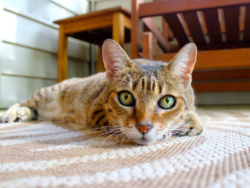

Ковёр лежи́т на полу́.
Ко́шка весь день лежа́ла на ковре́.
A rug lies on the floor.
The cat lied / was (lying) on the rug all day.


Ви́лки и ножи́ лежа́т на столе́.
Ло́жки не лежа́ли на столе́.
Forks and knives lie / are (lying) on the table.
Spoons weren’t (lying) on the table.


Она́ лежи́т в больни́це.
Я ме́сяцами лежа́л в больни́це.
The girl is (lying) in the hospital.
I was (lying) in the hospital for months.
2. стоя́ть: to stand, be in a standing / vertical position
To be considered “standing” a person, animal, or object needs to be in a vertical position. Objects can “stand” if they are upright or have a base or a foundation. However, such objects “lie” when they are upside down and, thus, not utilizing the base or foundation.
Let’s take a look at a few examples:
| стоя́ть: to stand, be standing | |||
|---|---|---|---|
| +где? | |||
| я стою́ | мы стои́м | ||
| ты стои́шь | вы стои́те | ||
| она стои́т | они стоя́т | ||
| стоя́л стоя́ла стоя́ли |
стой! сто́йте! |
||
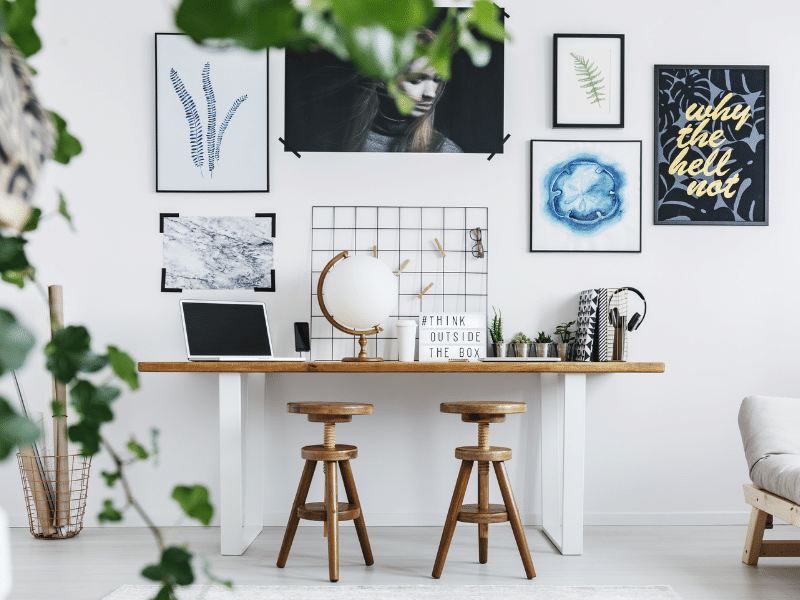

Два сту́ла стоя́т на полу́.
На столе́ стои́т гло́бус.
There are (standing) two chairs on the floor.
There is (standing) a globe on the table.


Таре́лки стоя́т на столе́.
Стака́н и бока́л стоя́ли на столе́.
The plates are (standing – it has a base) on the table.
The glass and wine glass were (stood) on the table.


Ла́мпа стои́т на прикрова́тной ту́мбочке.
На прикрова́тной ту́мбочке стоя́л цвето́чный горшо́к.
The lamp is (standing) on the bedside table.
On the bedside table was (stood) a flower pot.
3. висе́ть: to hang, be in a hanging position
To be considered “hanging” a person, animal, or object needs to be in a hanging position off the ground.
Let’s take a look at a few examples:
| висе́ть: to hang, be hanging | |||
|---|---|---|---|
| +где? | |||
| я вишу́ | мы виси́м | ||
| ты виси́шь | вы виси́те | ||
| она виси́т | они вися́т | ||
| висе́л висе́ла висе́ли |
виси́! виси́те! |
||
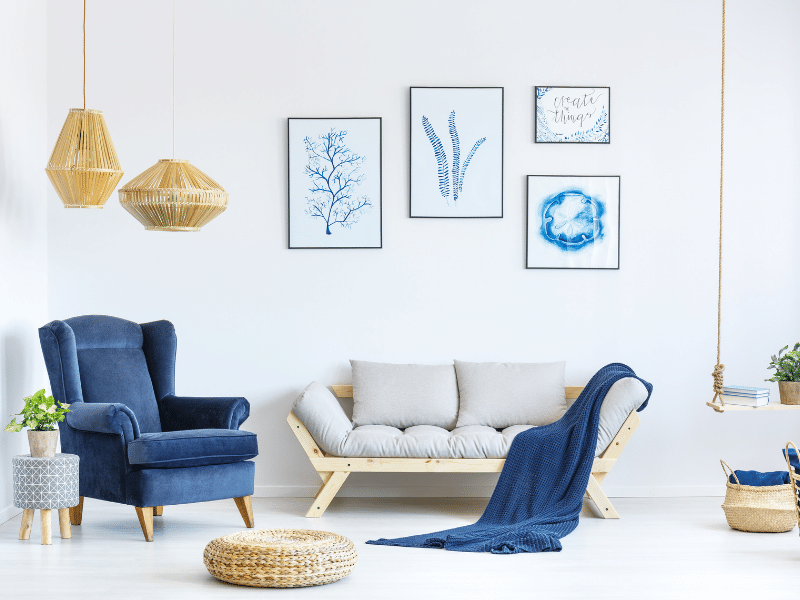

Четы́ре карти́ны вися́т на стене́.
Два подвесны́х свети́льника висе́ли на потолке́.
Four pictures hang on the wall.
Two hanging lights hung on the ceiling.
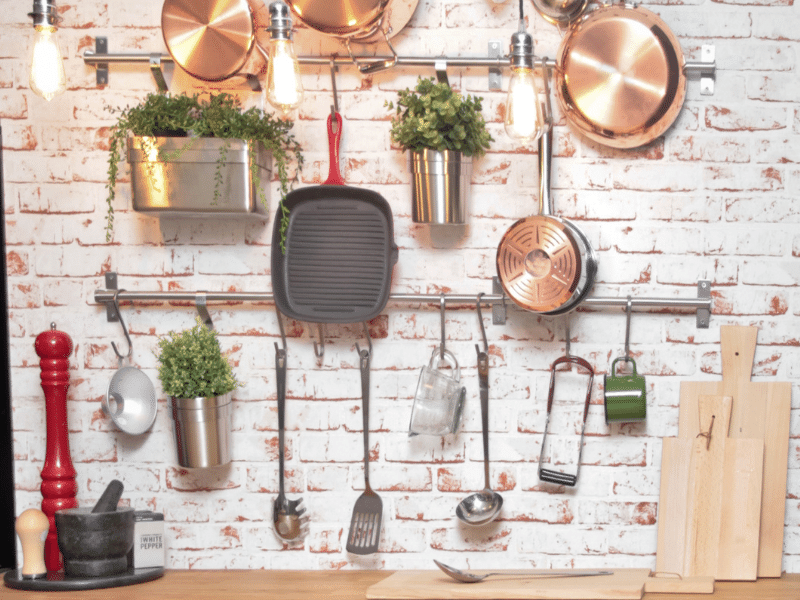

Поло́вник виси́т ря́дом с ме́рным кувши́ном.
Не́сколько сковоро́док, кашпо́ с зелёнью и поварёшек висе́ли на крючка́х.
The ladle hangs / is (hanging) next to the measuring glass.
Several pans, plant pots, and cooking utensils hung / were (hanging) on hooks.


Зонт виси́т сле́ва от ключе́й.
Не́сколько веще́й висе́ли на крючка́х.
The umbrella is (hanging) to the left of the keys.
Several things were (hanging) on hooks.
4. сиде́ть: to sit, be in a sitting position
To be considered “sitting” a person, animal, or object needs to be in an upright, sitting position on a surface. I’ve included сидеть in this article because it is a verb of position like the first three, however, it is mostly used to describe the positions of people. There are situations where you can describe the position of an animal or an inanimate object with the verb сидеть, but the rules aren’t as steadfast. Let’s look at a few loose rules below.
| сиде́ть: to sit, be sitting | |||
|---|---|---|---|
| +где? | |||
| я сижу́ | мы сиди́м | ||
| ты сиди́шь | вы сиди́те | ||
| она сиди́т | они сидя́т | ||
| сиде́л сиде́ла сиде́ли |
сиди́! сиди́те! |
||
- Little animals, birds and insects when they are flightless and motionless on a surface
- Clothes, hats and shoes on a person’s body
- Objects or body parts that are partly lodged into something bigger or stuck and spending time inside something completely ( ex. овощи сидят на грядке, пробка сидит в бутылке, глаза сидят глубоко, гвоздь крепко сидит в стене). Similarly, people can сидить if they are stuck somewhere physically or because of some consequence or commitment (ex. сидеть в тьюрме, сидеть дома с детьми, сидеть в пробке, сидеть на диете).
A big thank you to Michele A. Berdy for her Moscow Times article, A Guide to Russian Stance Verbs, and Sharon on StackExchange for their resources.
Let’s take a look at a few more examples:
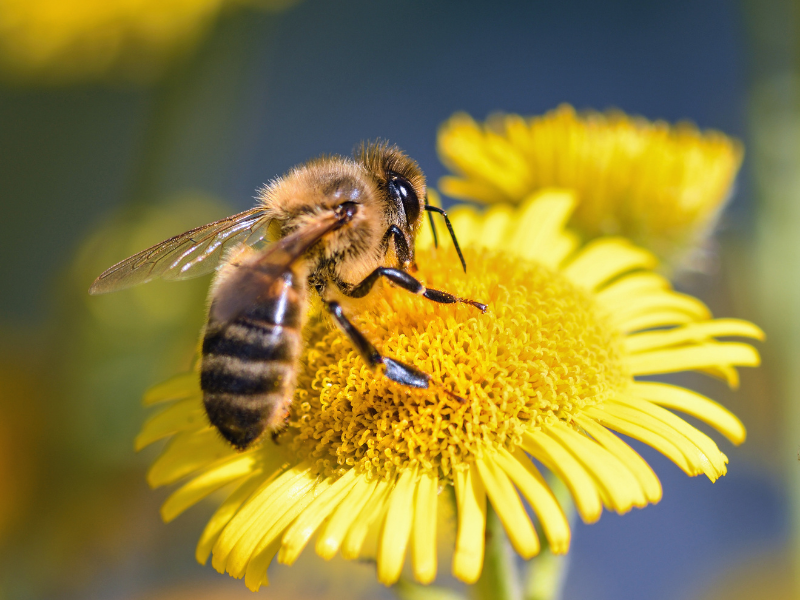

Пчёла сиди́т на цветке́.
Пчёла сиде́ла на цветке́.
A bee sits / is (sitting) on the flower.
A bee sat / was (sitting) on the flower.


Пиро́г в пе́чи сиди́т.
Пиро́г сиде́л в пе́чи 30 мину́т.
The pie sits / is (sitting) in the oven.
The pie sat / was (sitting) in the oven.


Они́ сидя́т в тюрьме́.
Они́ сиде́ли в тюрьме́.
They are (sitting) in prison.
They were (sitting) in prison.





Quiz time!
Time to practice everything you learned in the article above – take the quiz for Russian Verbs of Position (pt. 1) below.


| лежа́ть: to lie, be lying | |||
|---|---|---|---|
| +где? | |||
| я лежу́ | мы лежи́м | ||
| ты лежи́шь | вы лежи́те | ||
| она лежи́т | они лежа́т | ||
| лежа́л лежа́ла лежа́ли |
лежи́! лежи́те! |
||



| стоя́ть: to stand, be standing | |||
|---|---|---|---|
| +где? | |||
| я стою́ | мы стои́м | ||
| ты стои́шь | вы стои́те | ||
| она стои́т | они стоя́т | ||
| стоя́л стоя́ла стоя́ли |
стой! сто́йте! |
||



| висе́ть: to hang, be hanging | |||
|---|---|---|---|
| +где? | |||
| я вишу́ | мы виси́м | ||
| ты виси́шь | вы виси́те | ||
| она виси́т | они вися́т | ||
| висе́л висе́ла висе́ли |
виси́! виси́те! |
||



| сиде́ть: to sit, be sitting | |||
|---|---|---|---|
| +где? | |||
| я сижу́ | мы сиди́м | ||
| ты сиди́шь | вы сиди́те | ||
| она сиди́т | они сидя́т | ||
| сиде́л сиде́ла сиде́ли |
сиди́! сиди́те! |
||
- I stand
- a) Я стою
- b) Я сижу
- c) Я вишу
- I am standing in the kitchen.
- a) Я лежу на столе.
- b) Я стою на кухне.
- c) Я сижу в кухне.
- A mirror hangs on the wall.
- a) Зеркало лежит на стене.
- b) Зеркало висит на стене.
- c) Зеркало сидит на стене.
- Which variant is correct?
- a) Рисунок висит на стене.
- b) Рисунки висят на стене.
- c) Рисунок стоят на столе.
- d) Рисунки сидят на столе.
- Select all that apply.
- a) Часы стоят на столе.
- b) Книга лежит на столе.
- c) Часы висят на стене.
- d) Ноутбук стоит на столе.


- Select all that apply.
- a) Картины стоят на полочке.
- b) На стене висят часы.
- c) Подушки лежат на кровати.
- d) Вазы стоят на полочке.


- Select all that apply.
- a) Пять горшков с растениями стоят на стеллаже.
- b) Три стула стоят на полу.
- c) На потолке висит люстра.
- d) Куча книг лежат на столе.
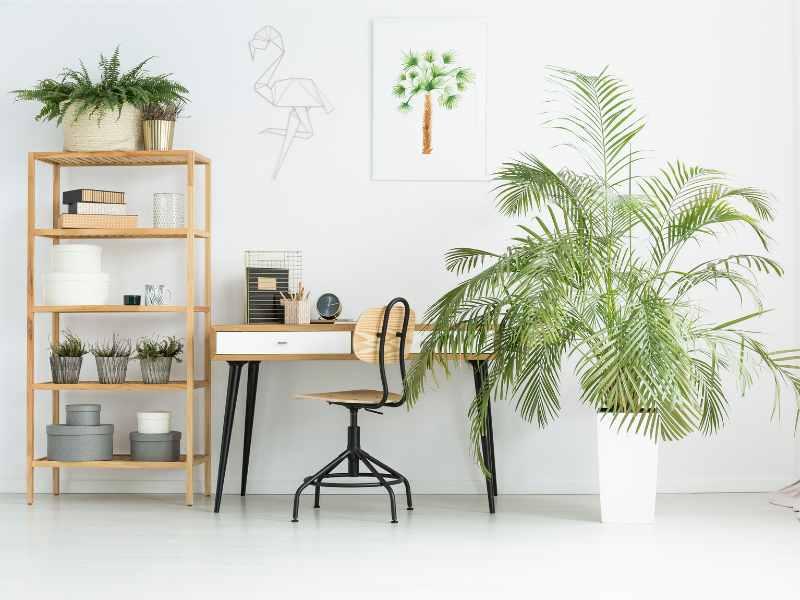

- Select all that apply.
- a) Два пиджака висят на дверной вешалке.
- b) Туфли стоят на полке.
- c) Придверный коврик лежит на полу.
- d) Коробка с крышкой стоит на полке.
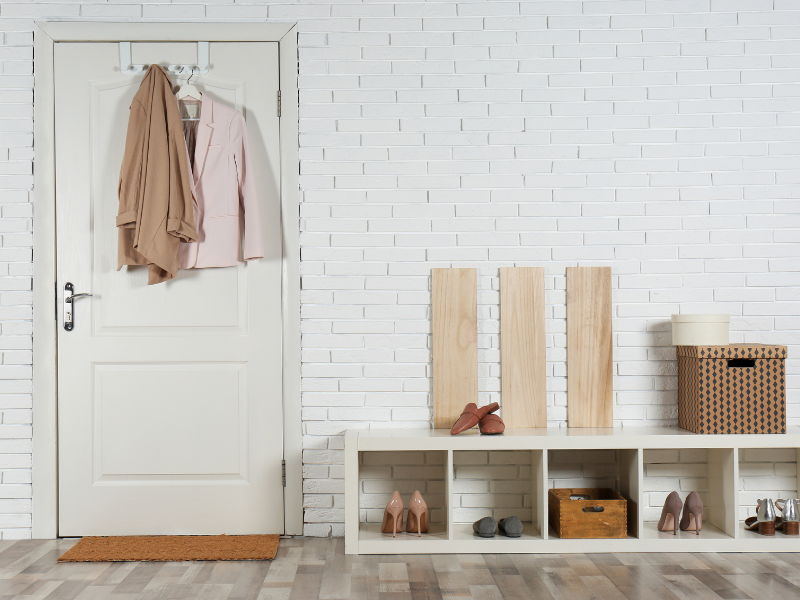

- Select all that apply.
- a) Ёж сидит на дереве.
- b) Белка стоит на дереве.
- c) Паука сидит на дереве.
- d) Гусеница лежит на дереве.
- e) Мышь лежит на дереве.
- f) Бабочка сидит на дереве.
- g) Птица стоит на дереве.
- h) Божья коровка лежит на дереве.
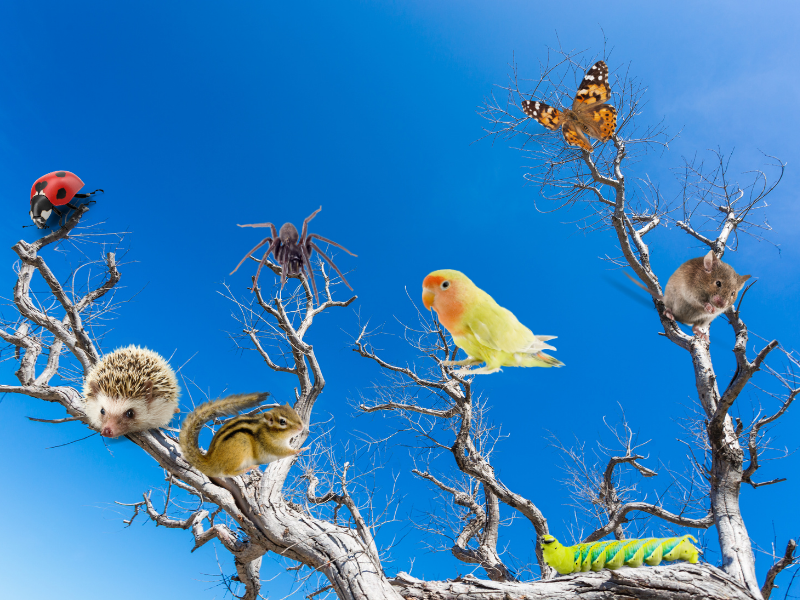

10. На стене картина __________.
11. Тарелки уже __________ на столе.
12. Платье хорошо __________ на тебе.
13. Я хочу похудеть. Я собираюсь __________ на диете.
14. На столе __________вилка, нож и ложка.
15. Цветок в вазе __________.
16. Обезьяна __________ на хвосте на дереве.


Questions, Comments, Good Jokes? Leave them in the comments below!
Leave a Reply
Learn to speak russian
Travel with ease & dive into the culture, history & lifestyle of post-Soviet countries
free russian learning materials

Melissa
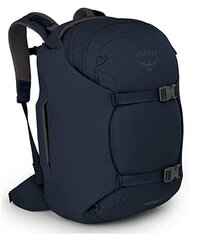
Get the Goods
Head over to the Language & Travel Shop to check out my favorite goodies I use for learning Russian and traveling! I've compiled all my favorite products I use when #onthebloc so that you can benefit from them when you travel abroad. Help yourself prepare and support this blog at the same time :) Счастливого пути!
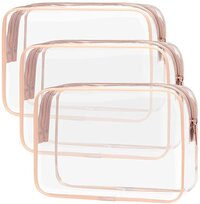

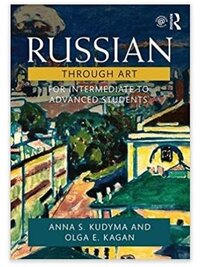

carry-on goods
gifts for travelers
photography
apparel & accessories
textbooks & readers
luggage & bags
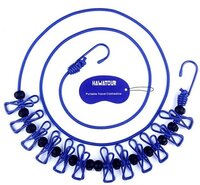
categories
#oTB essentials
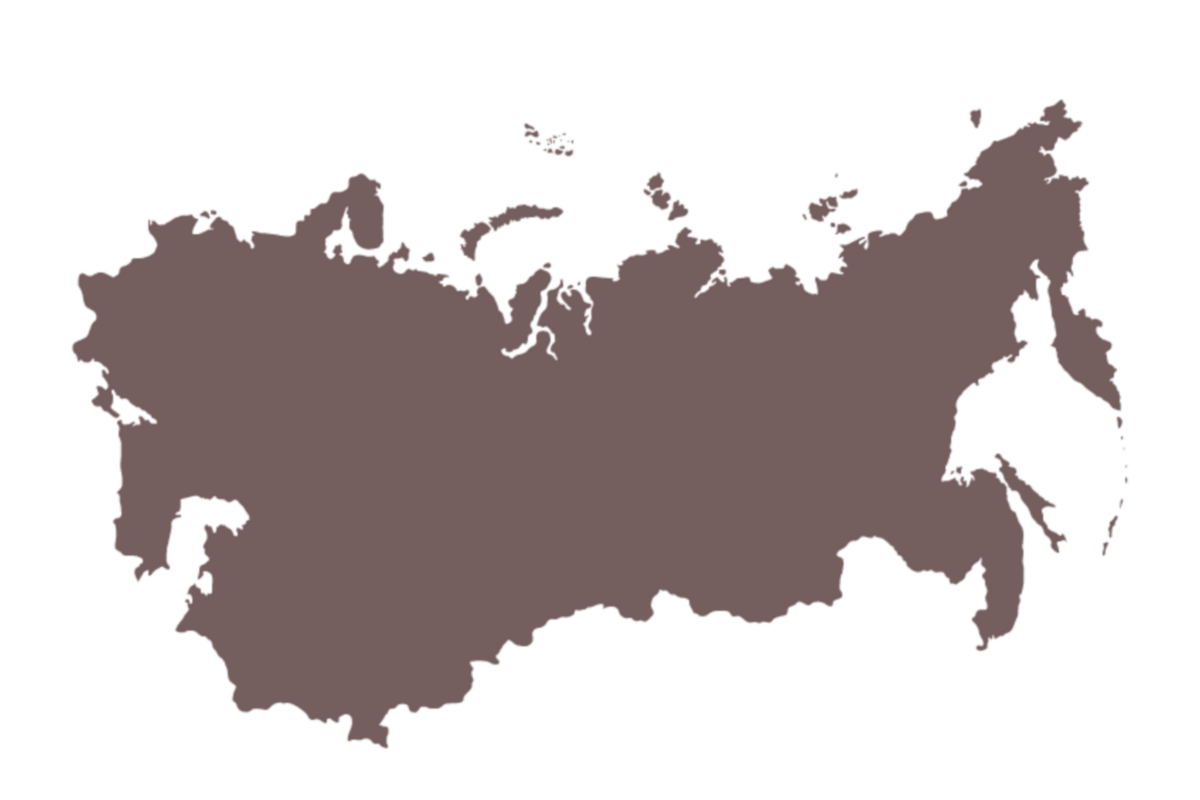
Russian-Speaking Travel Destinations
use your new russian skills in real life!
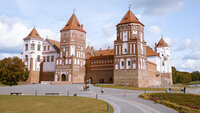
Belarus
EASTERN EUROPE
central Asia
central Asia


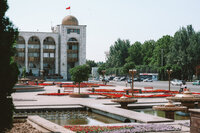


Eurasia
Russia
Kyrgyzstan
armenia
Moldova
Kazakhstan
eastern europe
read »
read »
read »
read »
read »
read »
The caucasus
travel guides
Get your FREE #OnTheBloc Starter Kit!
Sign up for the NGB Monthly Newsletter & you'll get a FREE downloadable PDF with Russian language and travel resources for your post-Soviet journey!
оставаться на связи

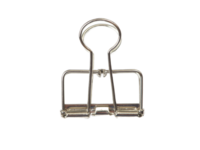






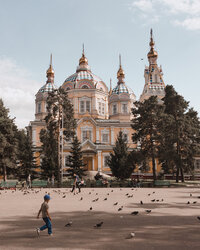
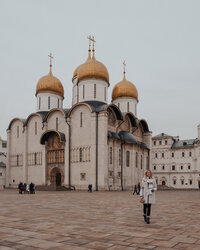


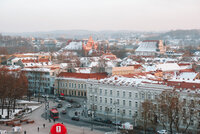
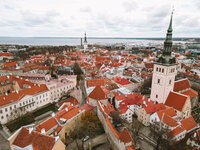

Excellent article – really helped me understand the topic. Thank you very much.
I’m so happy to hear that! Glad you found it helpful 🙂
Quick comment. You may have received this comment before but your are confusing the verbs lie and lay.
The cat lied on the floor should actually be “The cat lay on the floor.
A man does not lie something on the floor. The man lays something on the floor.
This can be a bit confusing but remember the the word lay can mean two different but very similar things, so I’ll break it down using infinitives and past tense:
to lie (infinitive) = to be in a prone position
past tense of to lie = lay
to lay = to place something (other than oneself) in a prone position
past tense of to lay = laid
to following sentences are all in past tense:
The cat lay on the floor
He laid the cat on the floor
He lay down on the floor.
Sometimes even my English isn’t the best! Thanks for the heads up.